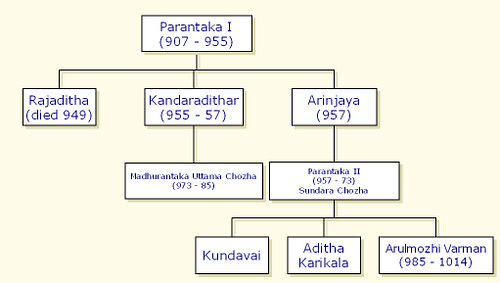
The oldest known script in the Indian subcontinent is the undeciphered Harappan script. The oldest deciphered script is Brahmi, dating to around 4th century BCE. In South India, the oldest deciphered script is Tamil-Brahmi which is dated to two centuries after Brahmi. Inscriptions in rock shelters and caves near Madurai provide proof for this.
In an excavation at Kodumanal, near Erode more than 20 pot-sherds with Tamil-Brahmi inscriptions were found. On the basis of this archaeological work, some scholars suggested an older date for Tamil-Brahmi which would put it in the same period as Brahmi. Now there is new evidence from Palani which suggests 400 BCE as the date for Tamil-Brahmi. This adds a new data point to the debate on if Tamil-Brahmi is pre or post-Asokan.
When K. Rajan, Professor, Department of History, Pondicherry University, excavated this megalithic grave, little did he realise that the paddy found in the four-legged jar would be instrumental in reviving the debate on the origin of the Tamil-Brahmi script. Accelerator mass spectrometry (AMS) dating of the paddy done by Beta Analysis Inc., Miami, U.S.A, assigned the paddy to 490 BCE. “Since all the goods kept in the grave including the paddy and the ring-stands with the Tamil-Brahmi script are single-time deposits, the date given to the paddy is applicable to the Tamil-Brahmi script also,” said Dr. Rajan. So the date of evolution of Tamil-Brahmi could be pushed 200 years before Asoka, he argued.[Palani excavation triggers fresh debate via @amargov]
Read the article for it explains the controversies regarding this dating.
References:
- Upinder Singh, A History of Ancient and Early Medieval India: From the Stone Age to the 12th Century, 1st ed. (Prentice Hall, 2009).
